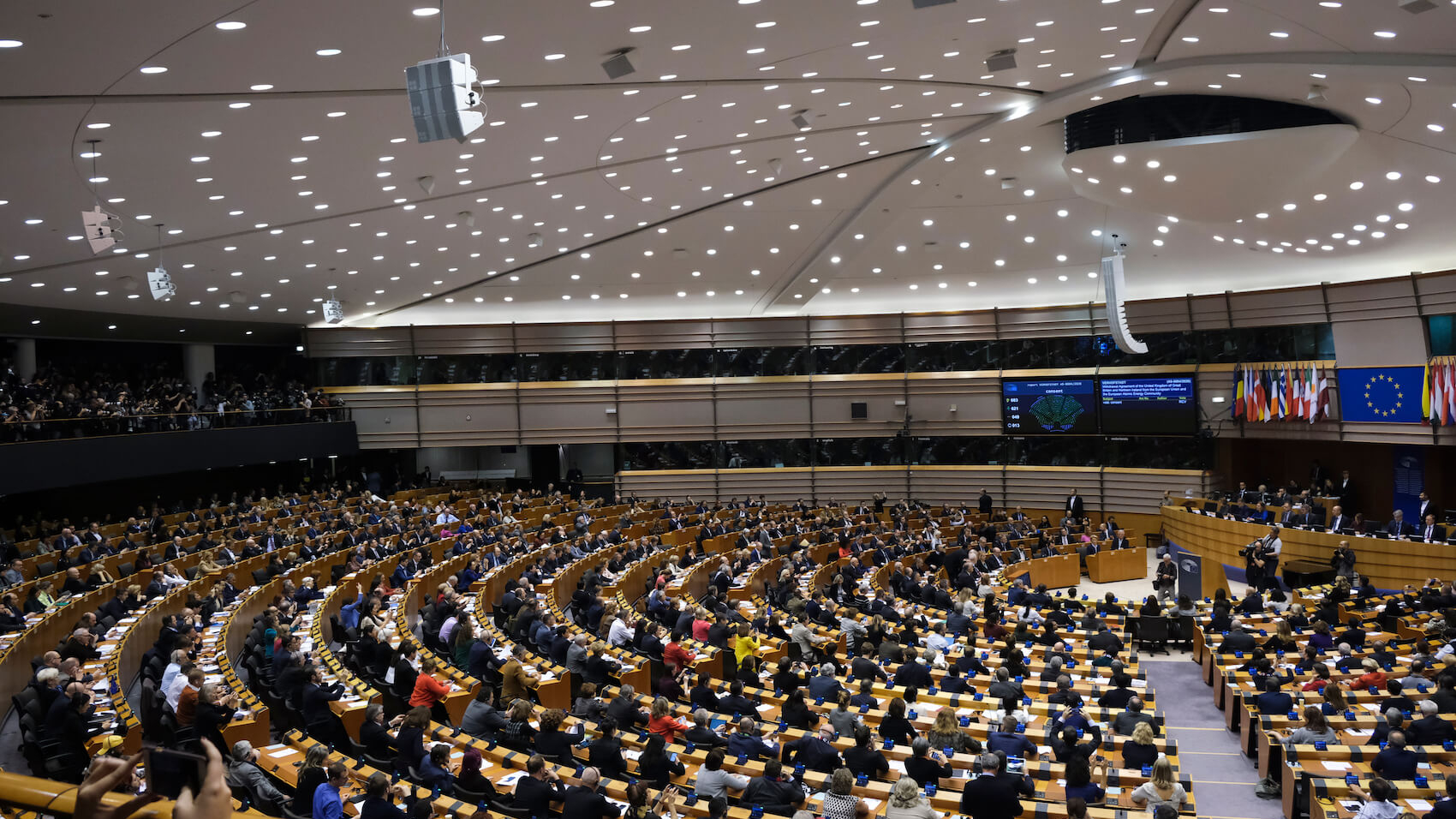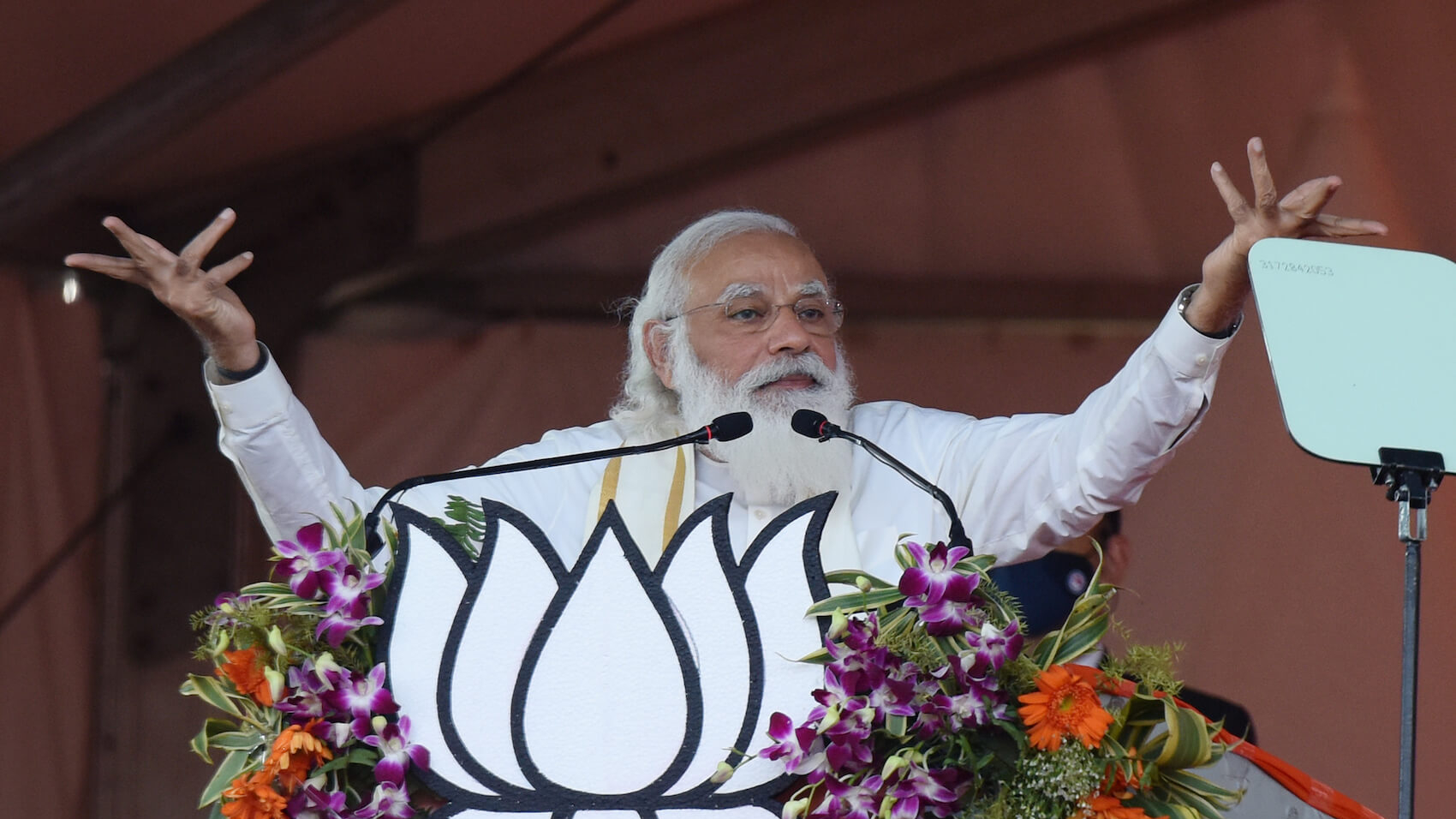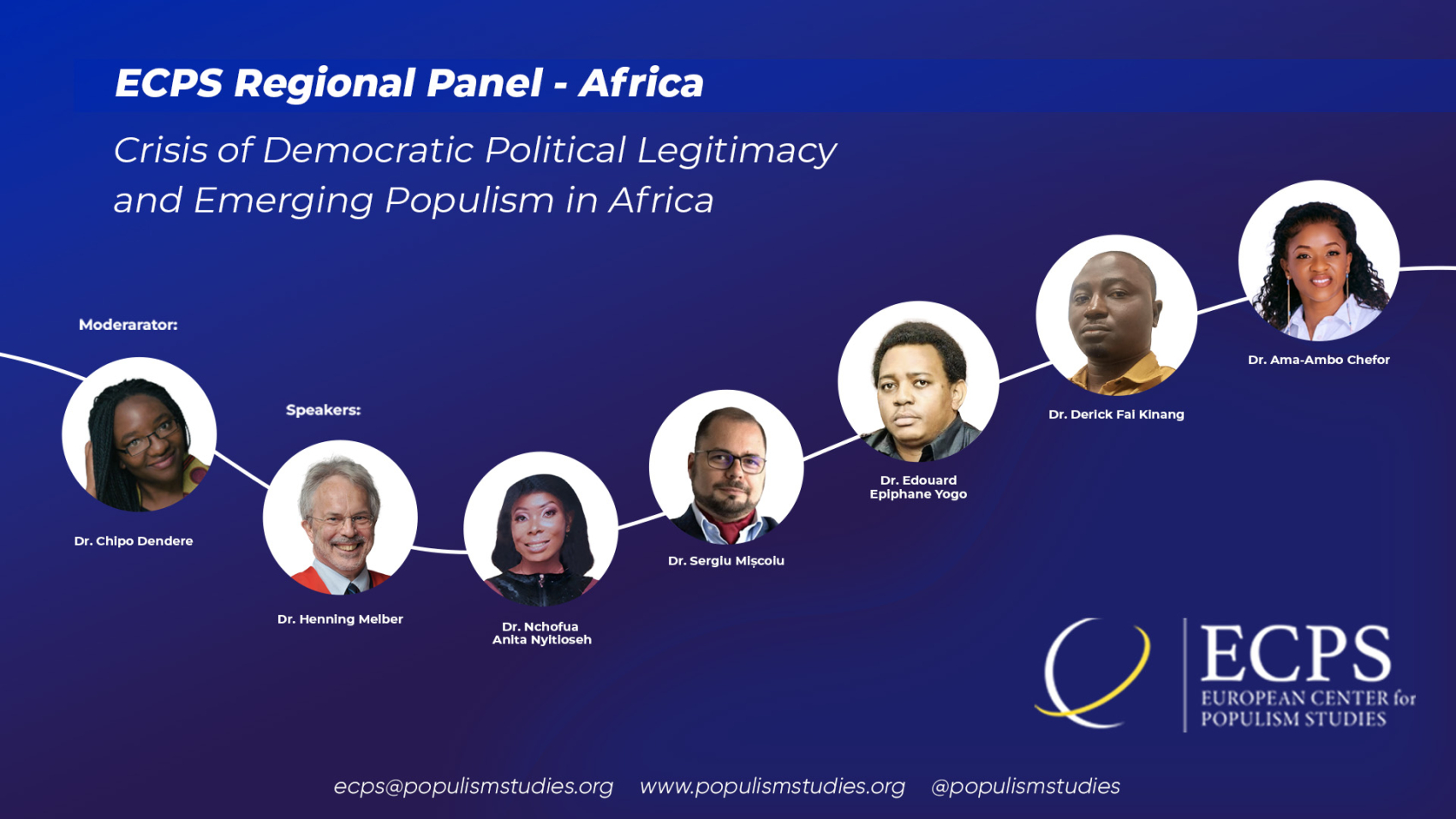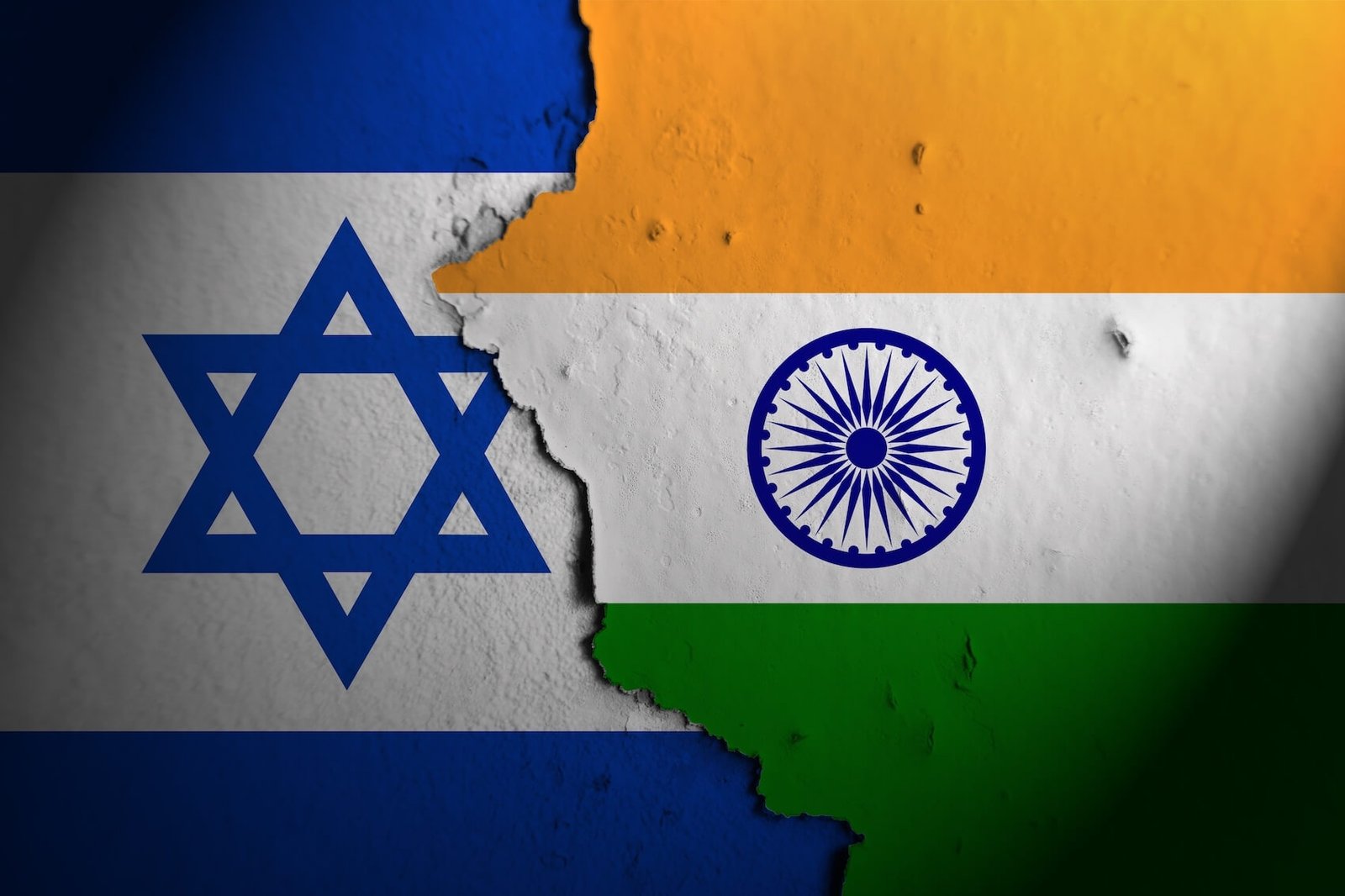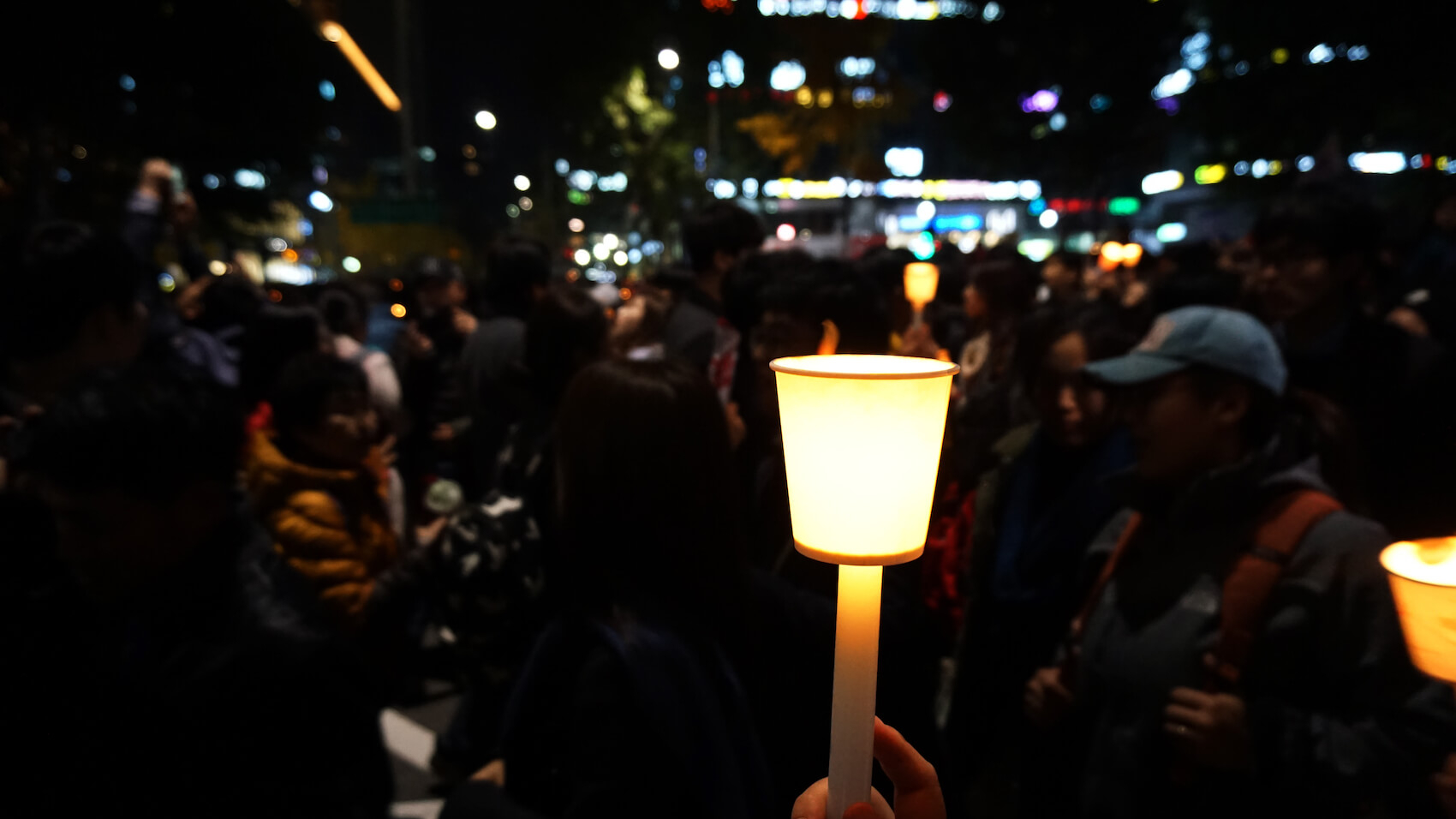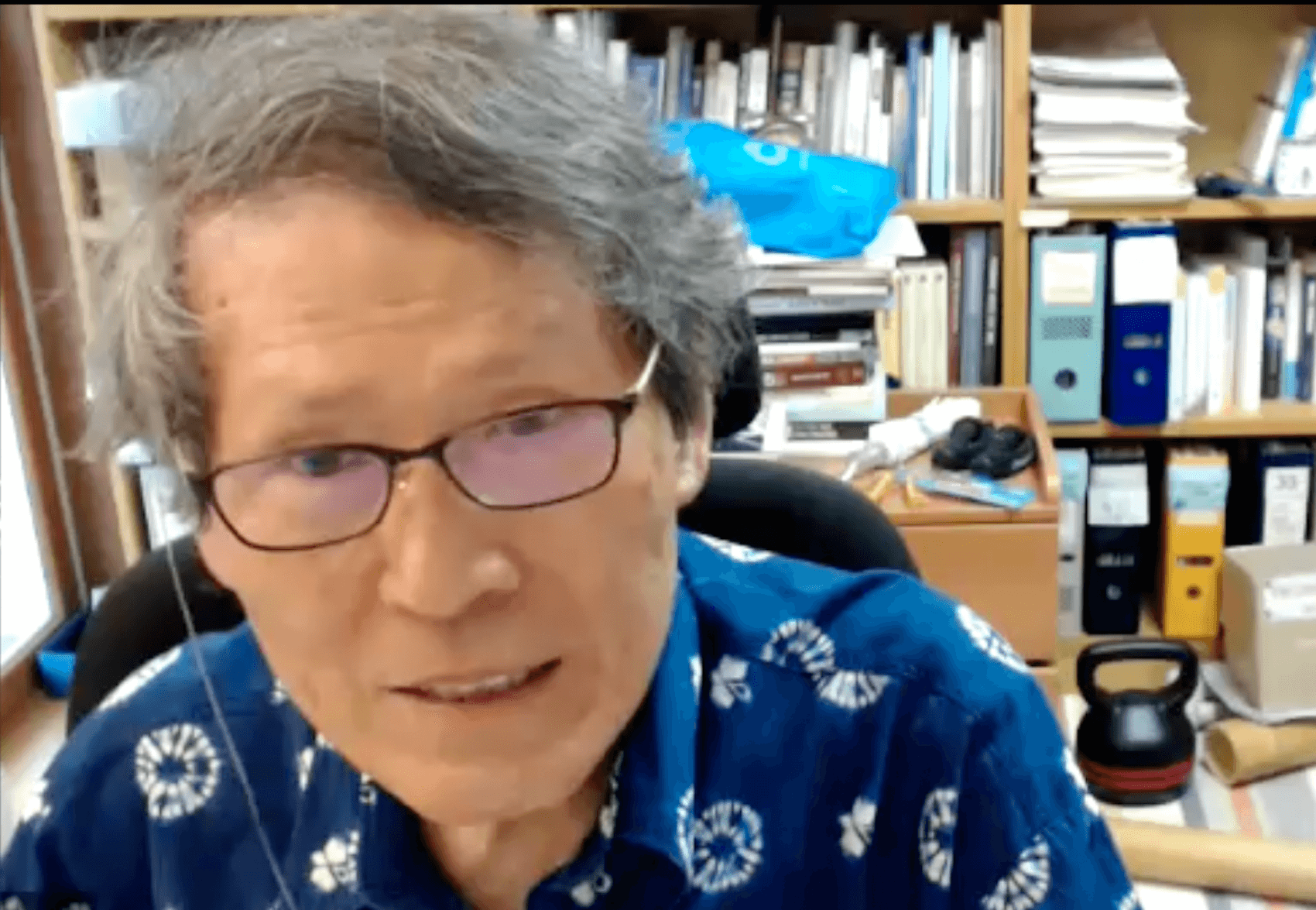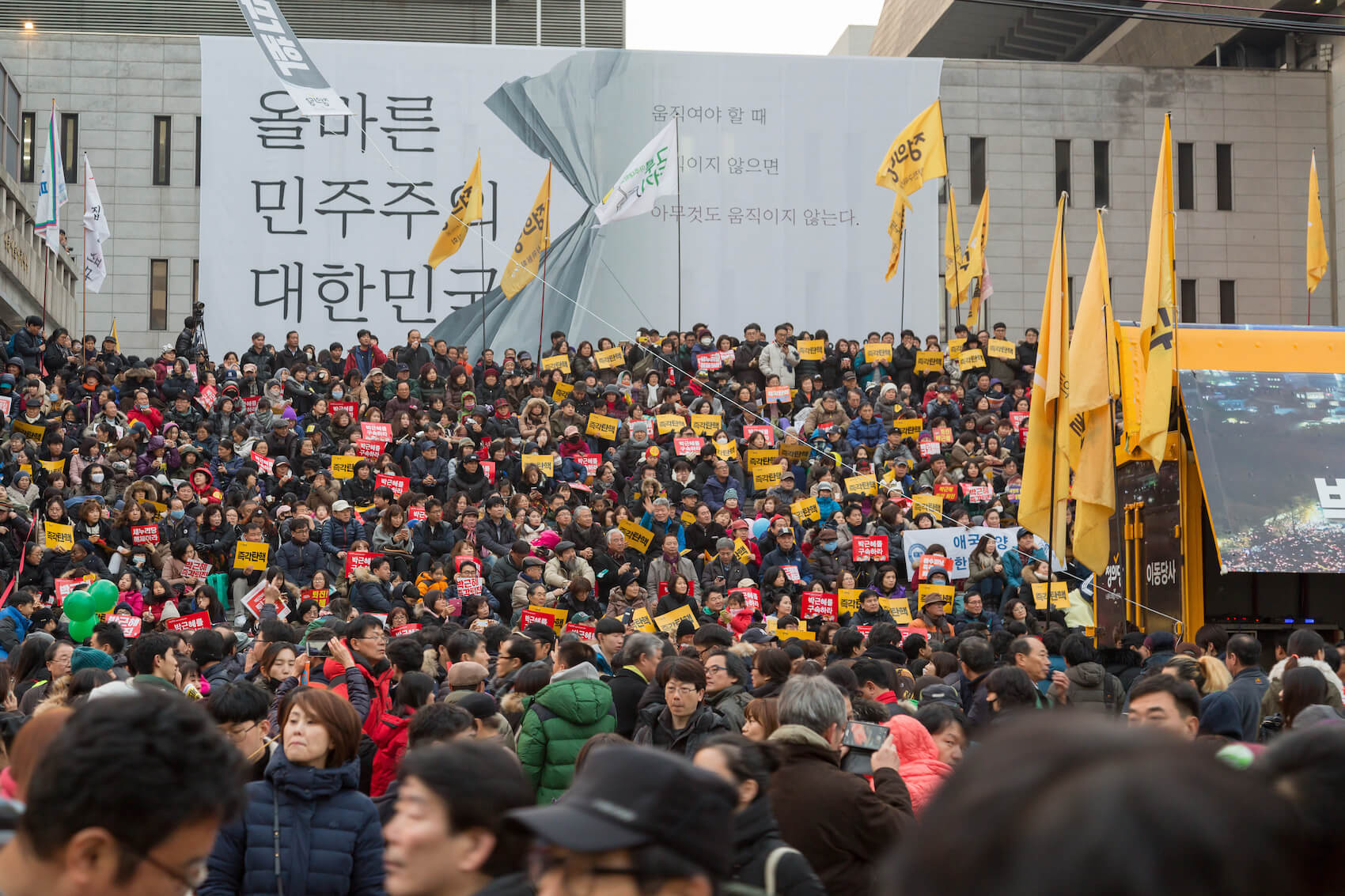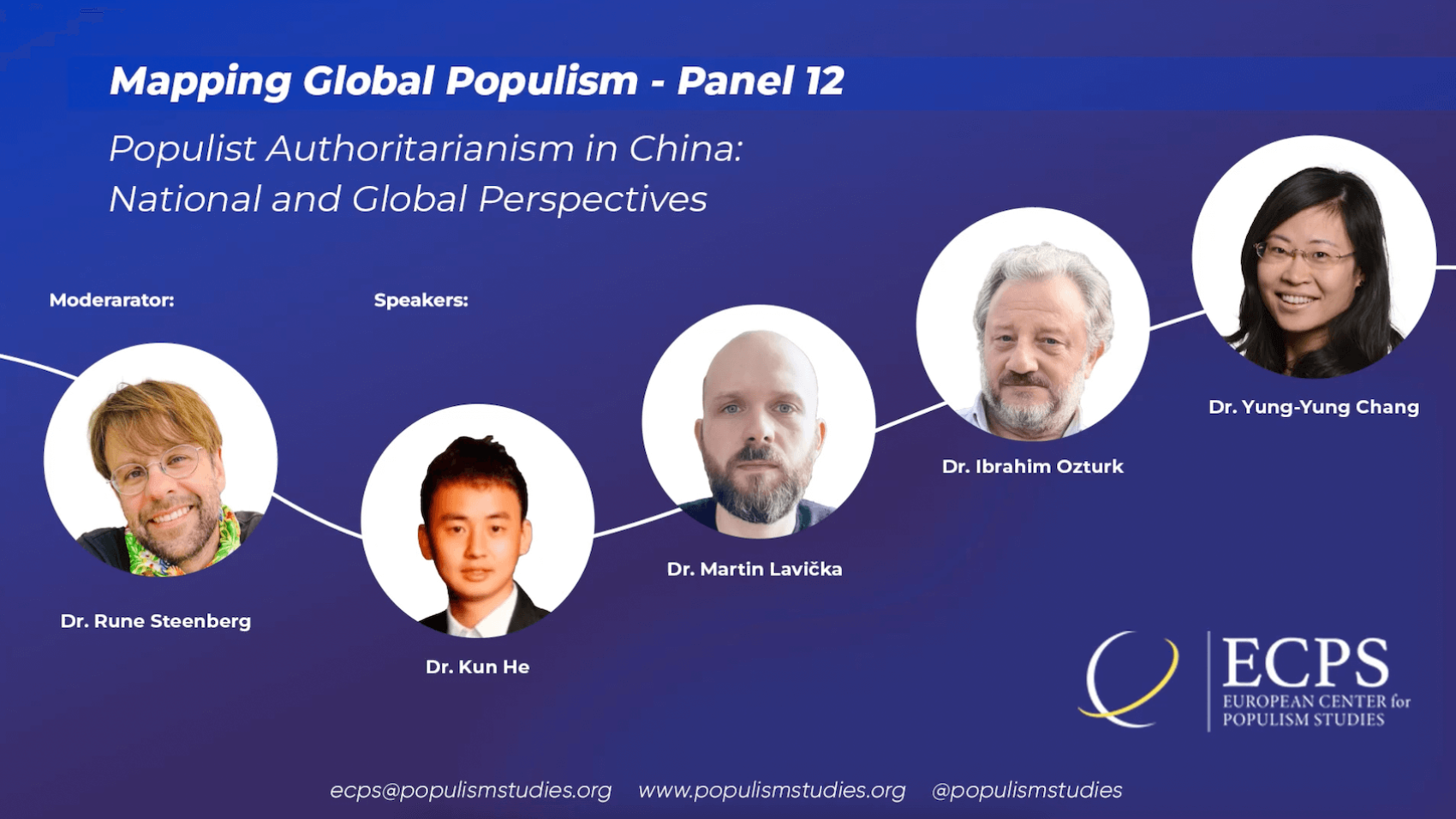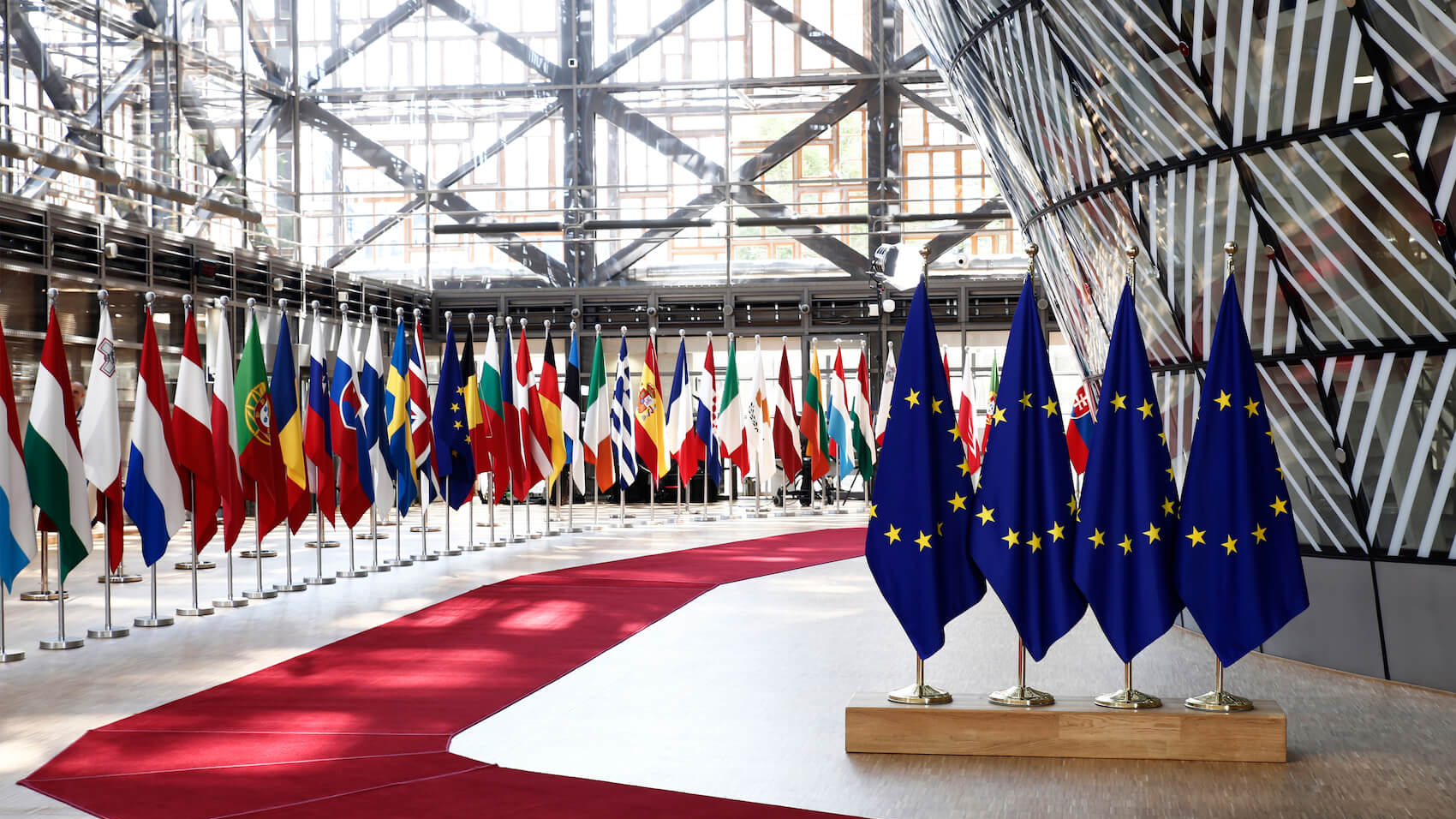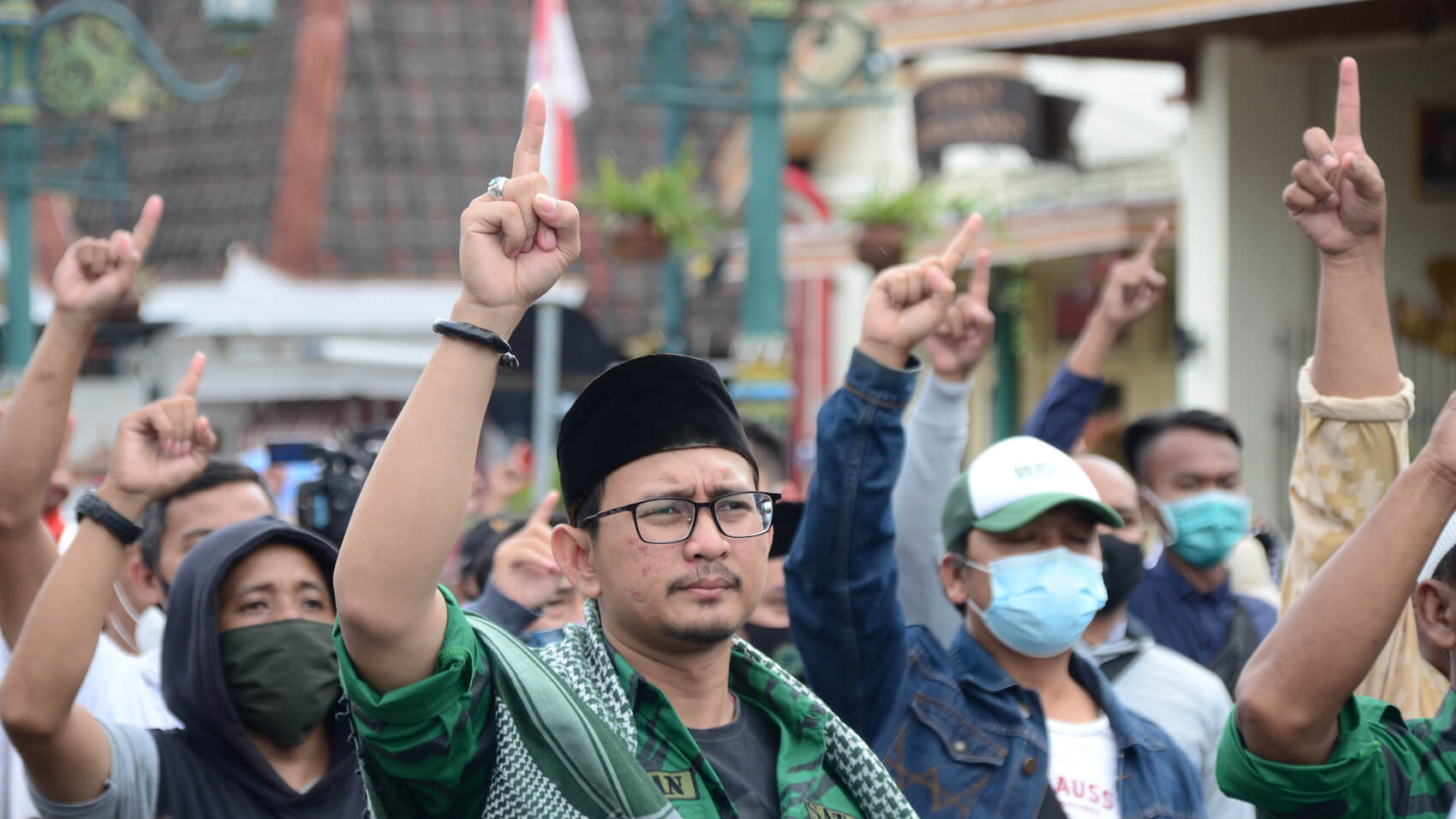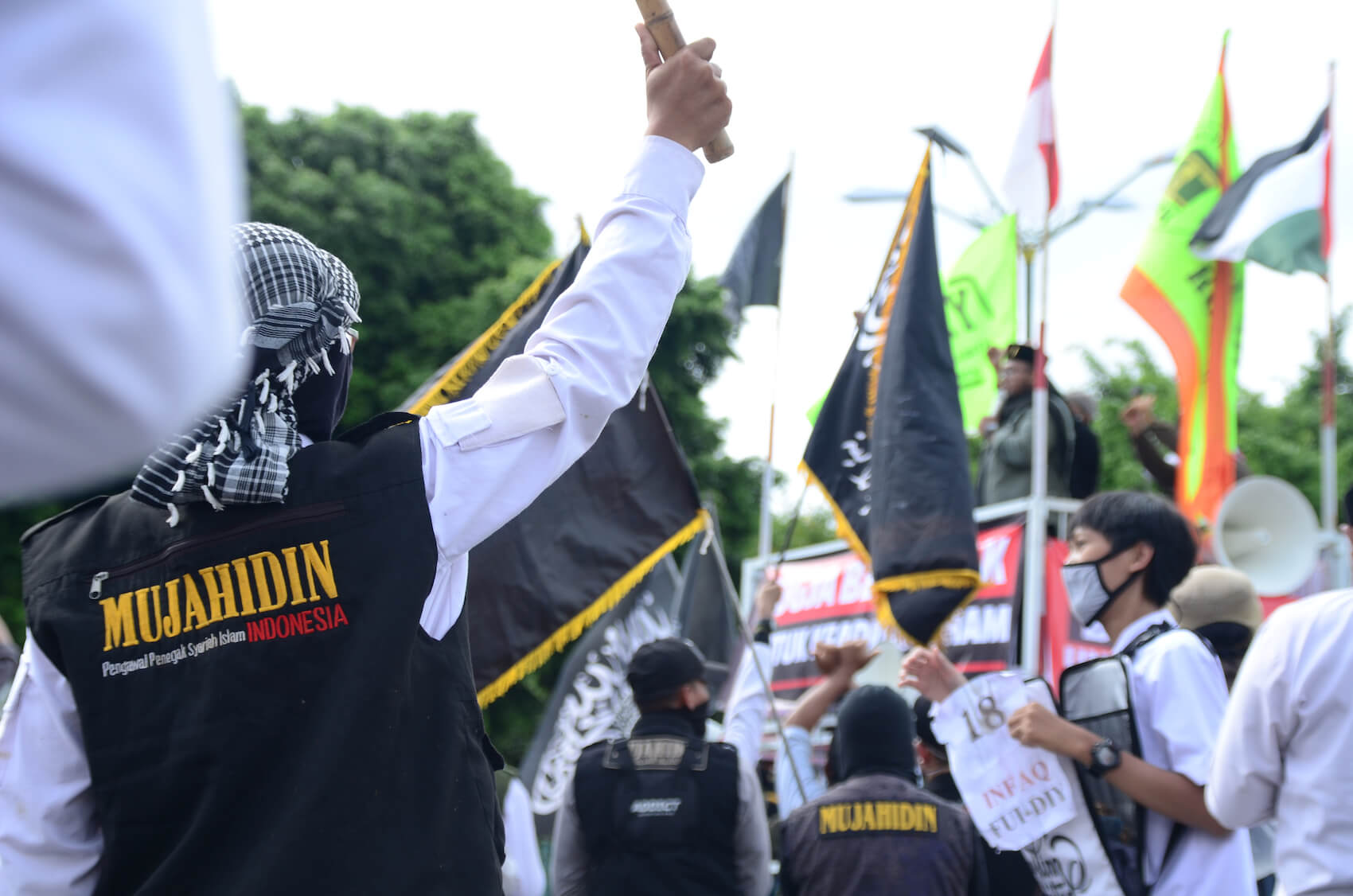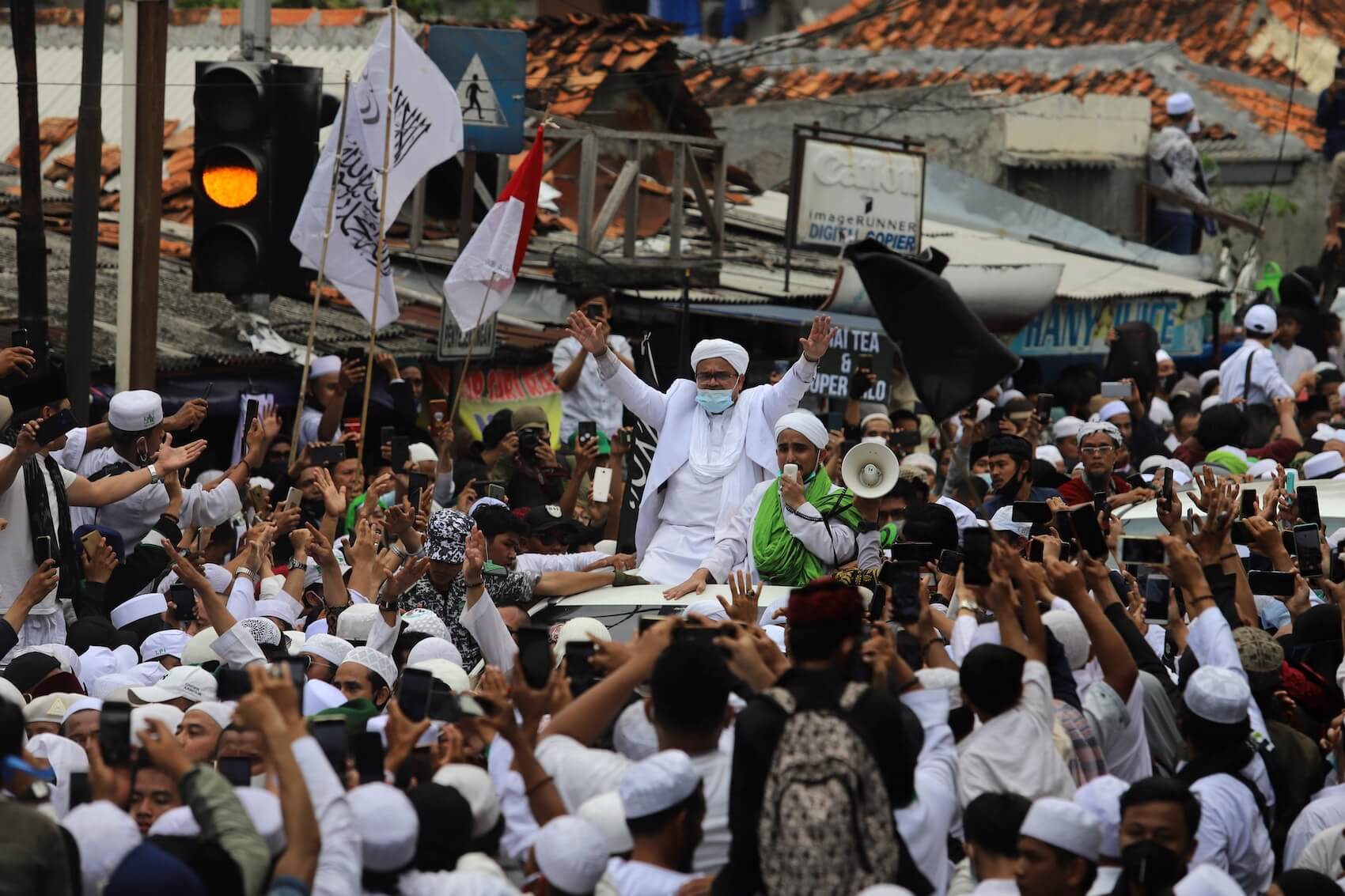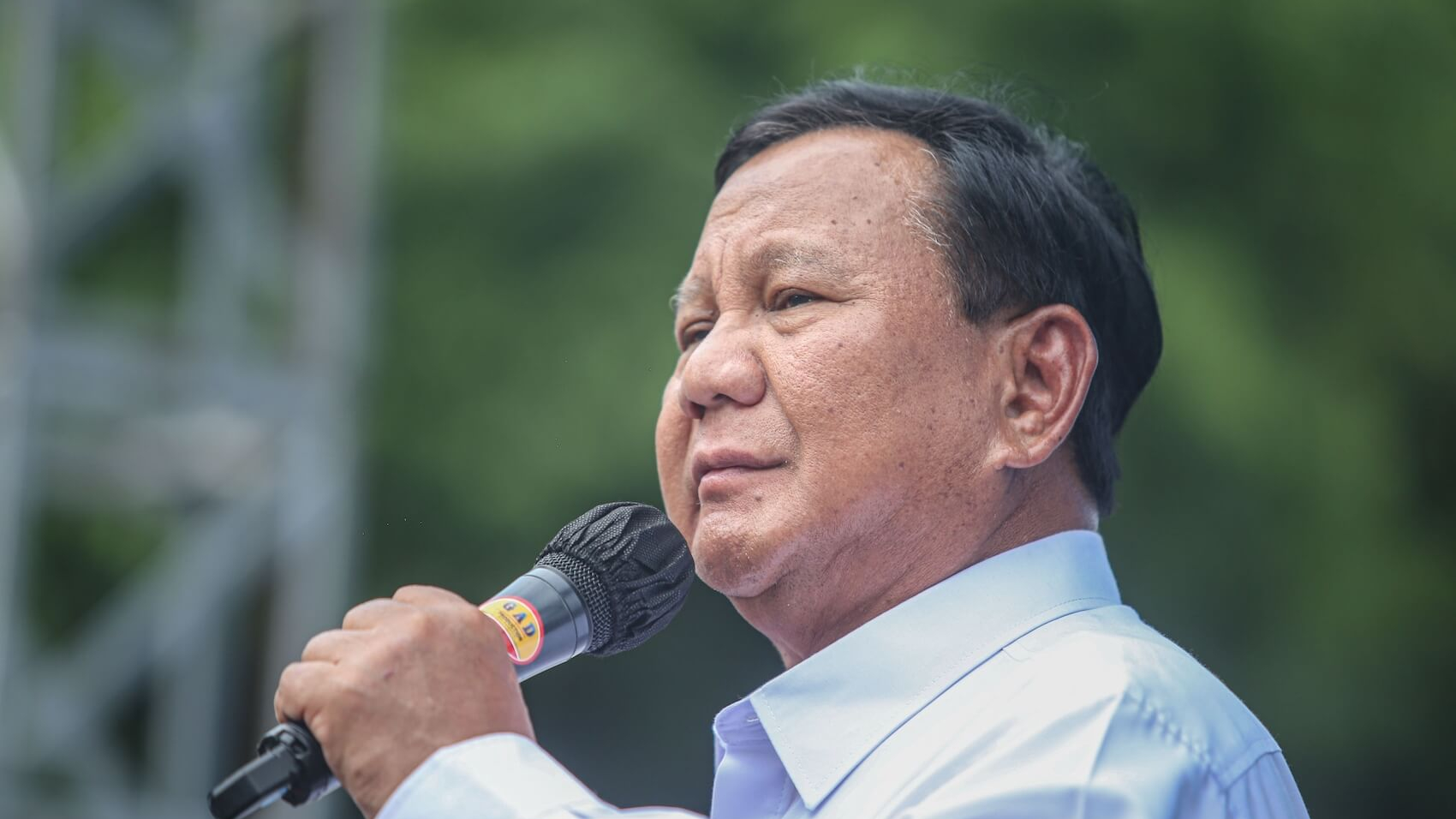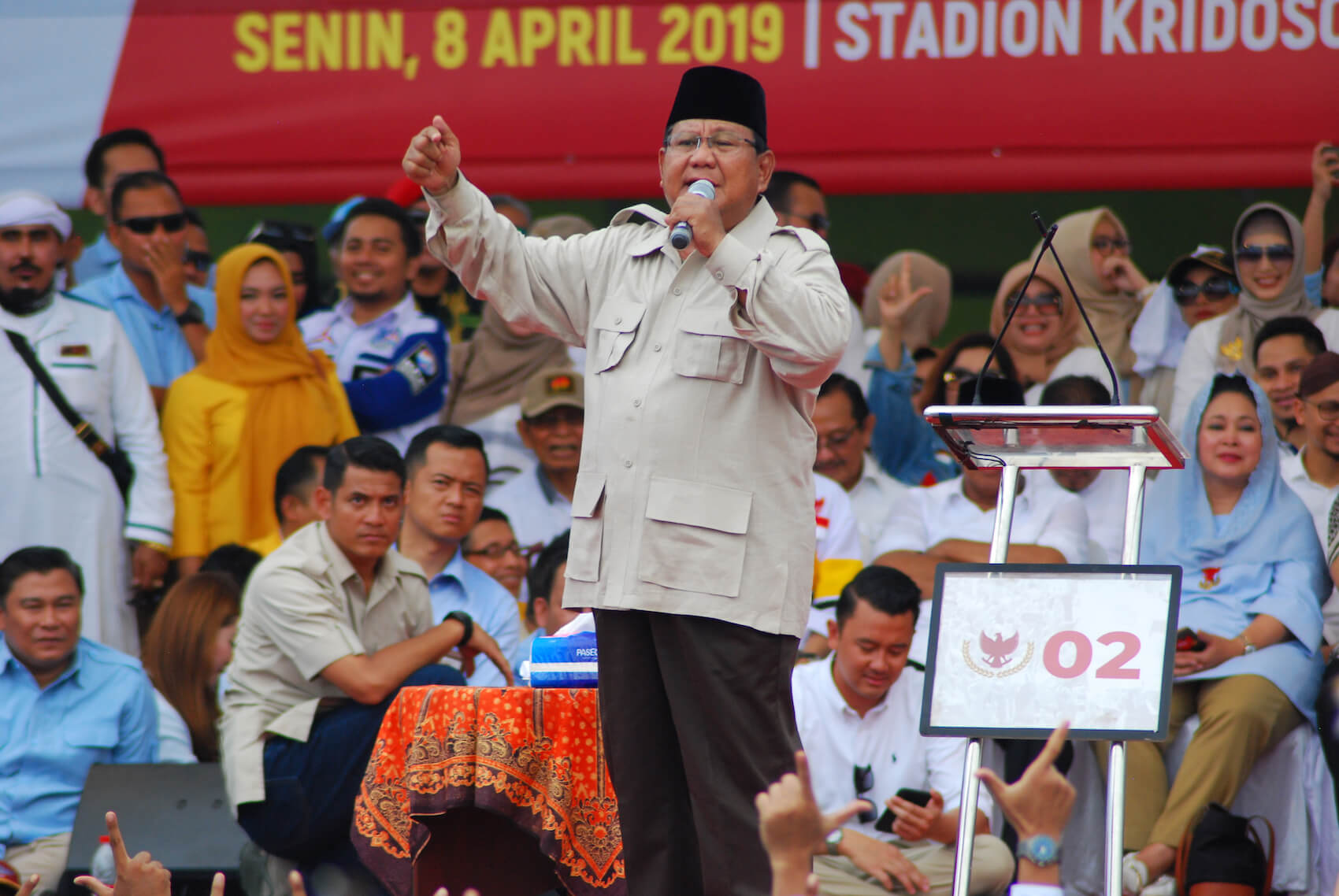Just three weeks ahead of the European Parliament elections, Dr. Pawel Zerka says he is more concerned about low turnout than the election results. Dr. Zerka stated, “Even if the far-right increases its number of seats, it will still be a clear minority. What is much more concerning is the lack of reasons for a high turnout.” Concerning the potential threat to liberal democracy in Europe due to the possible success of the far-right in the EP elections, Zerka said, “There is surely a danger for what the EU will stand for in the coming years. However, the responsibility for that danger lies on the shoulders of not just the far-right, but even more so on the center-right.”
Interview by Selcuk Gultasli
As the European Parliament (EP) elections approach, Dr. Pawel Zerka, a senior policy fellow at the European Council on Foreign Relations (ECFR) and a leading analyst on European public opinion, emphasizes his concern over low voter turnout rather than the election results themselves. In an interview with the ECPS on Friday Dr. Zerka highlighted his worries, stating, “Even if the far-right increases its number of seats, it will still be a clear minority. What is much more concerning is the lack of reasons for a high turnout.”
Dr. Zerka also expressed concerns about the potential threats to liberal democracy in Europe stemming from the possible rise of far-right power in the EP elections. He argued that the real danger lies in how the European Union (EU) might be reshaped in the coming years, emphasizing that the responsibility does not rest solely on far-right parties but also on center-right ones. He elaborated, “Maybe ‘threats to liberal democracy’ would be an exaggeration for me. But there is surely a danger for what the EU will stand for in the coming years. However, the responsibility for that danger lies on the shoulders of not just the far-right, but even more so on the center-right.”
The far-right’s potential surge in the EP elections, scheduled for June 6-9, has been a topic of intense discussion. However, Dr. Zerka clarifies that a far-right victory is unlikely, and the focus should instead be on the broader implications for EU policies and dynamics. According to his analysis, the far-right and Eurosceptic parties, grouped under the “Identity and Democracy (I&D)” and “European Conservatives and Reformists (ECR)” factions, might increase their seats from 30% to 37%, remaining a minority but achieving a significant foothold in the Parliament.
The increasing influence of far-right parties across Europe is evident, as seen in recent political developments in the Netherlands, Finland, Croatia, and Austria. Dr. Zerka noted, “This is quite worrisome. We have Georgia Meloni, who leads the coalition government in Italy. Even though she has largely detoxified her image and is no longer seen as a problem by most European leaders or the public, she still represents Brothers of Italy, a party with several disturbing elements in its political platform.”
Reflecting on the mainstreaming of far-right values, Dr. Zerka highlights a troubling trend where center-right parties adopt far-right positions to retain voter support. He observed, “In a way, it’s the center-right or liberal parties that, by working with the far-right, legitimize and normalize the far-right alternative. This has already happened to a large extent with migration policies and is increasingly occurring with climate policies.”
Here is the transcription of the interview with Dr. Pawel Zerka with minor edits.
Votes of Anti-European and Eurosceptic Parties Will Increase to 37 Percent
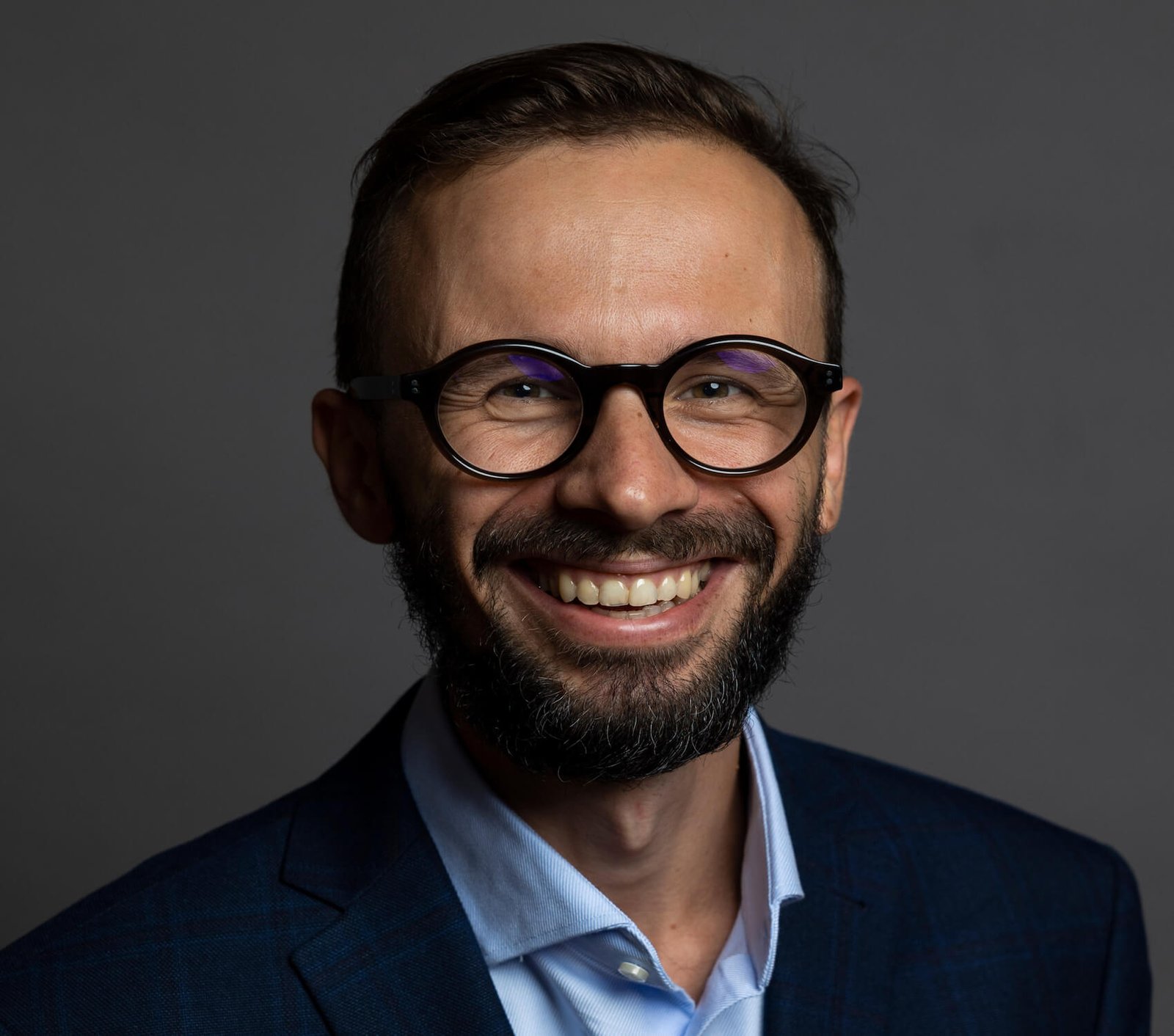
In one of your commentaries, you discuss the possibility of a far-right surge in the upcoming European Parliament elections scheduled for June 6-9. Given the current political climate and recent events in Europe, how likely do you think a far-right victory is, and what would be its implications for the future of the EU?
Pawel Zerka: We never suggested that there will be a far-right victory. Let me start by saying that I’m coming from a foreign policy think-tank. We are not studying populism in the same way as you; we are interested in it from a foreign policy context. European elections are important to us because we believe they will impact Europe’s foreign policy in the coming years. That’s why we conduct regular public opinion polling to gauge evolving public sentiment in Europe. On the occasion of these elections, we asked our academic friends, led by Simon Hicks, to predict how the next European Parliament might look. They did this in January, a few months ahead of the real campaign.
Their prognosis indicated that the next European Parliament is likely moving to the right. This means that two more Eurosceptic groupings—the “Identity and Democracy (I&D)” group, which includes Germany’s AfD and Marine Le Pen, and the “European Conservatives and Reformists (ECR),” which includes Jarosław Kaczyński, Georgia Meloni’s party, and Spain’s Vox—are expected to increase their number of seats. Altogether, we expect that the parties considered anti-European, although many are simply Eurosceptic rather than anti-European, will increase from the current 30% to 37%. They will still be a minority, not even close to a majority. In that sense, we never expected them to win the election. However, it will still be a significant success for those Eurosceptic parties if they manage to further increase their number of seats and power in the European Parliament.
This is particularly important as the national context in several capitals is changing rapidly. Recently, we heard about the new coalition government in the Netherlands, where the largest member is Geert Wilders’ Freedom Party. We also see far-right parties in government roles in Finland, Croatia, and potentially Austria, where polls show the Freedom Party (FPÖ) leading ahead of this year’s national elections. This is quite worrisome. We have Georgia Meloni, who leads the coalition government in Italy. Even though she has largely detoxified her image and is no longer seen as a problem by most European leaders or the public, she still represents Brothers of Italy, a party with several disturbing elements in its political platform.
What I’m trying to say is that it’s hard to define what victory for the far-right or Eurosceptics actually means. They are not going to win the European elections in the sense of gaining a majority of seats, but the fact that they increase their number of seats is already a victory. This victory is particularly significant as their positions in several national capitals across Europe are also strengthening.
Division between Left and Right Has Become So Blurred
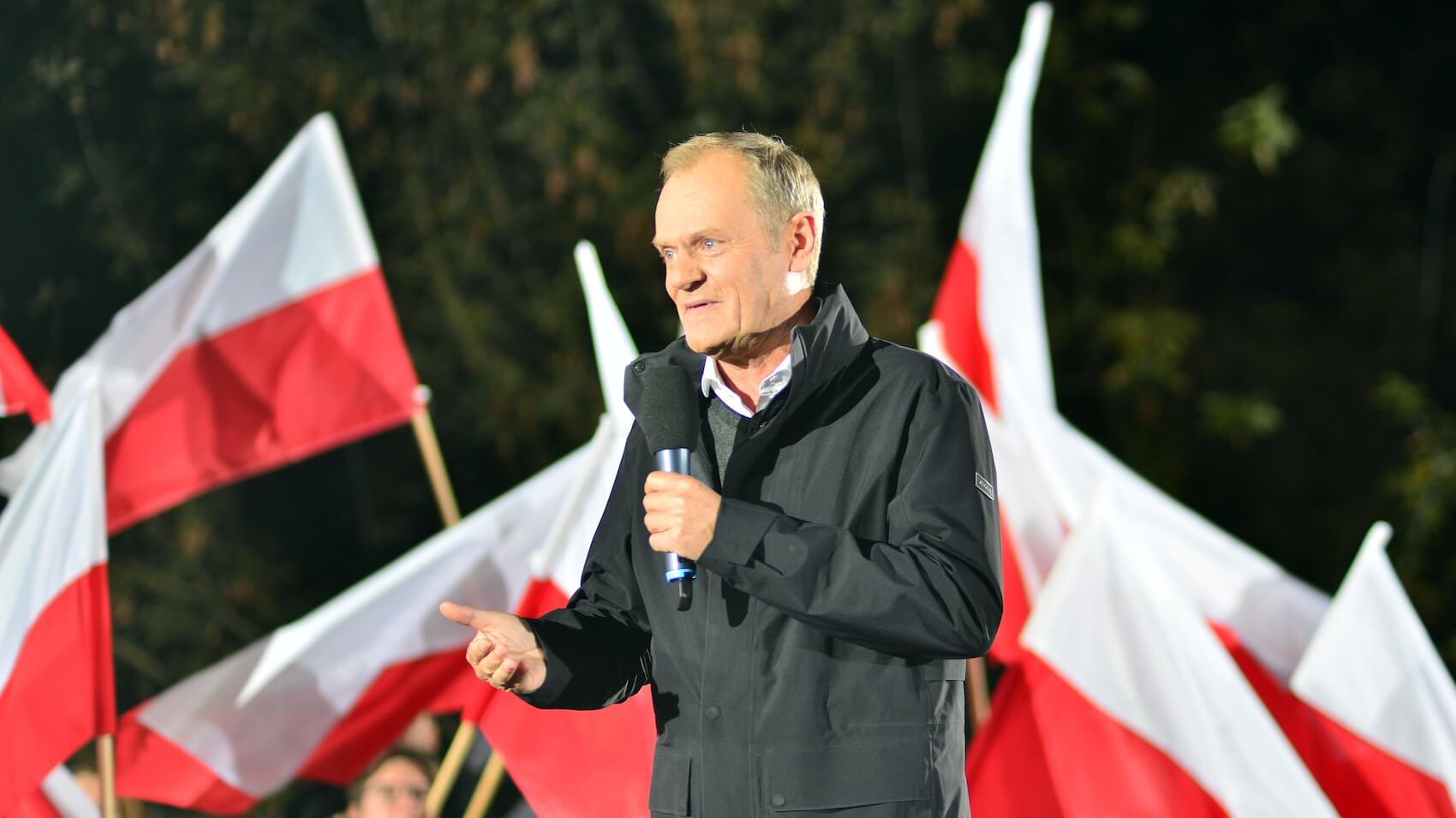
Even if the far-right parties do not have a victory but a substantial increase in their votes, what will this result tell us about liberal democracy?
Pawel Zerka: This largely depends on what the other part of the political spectrum, which we tend to consider pro-European, will do. In a way, it’s the center-right or liberal parties that, by working with the far-right, legitimize and normalize the far-right alternative. There’s a long discussion about whether there should be a “cordon sanitaire” around parties whose political platforms include illiberal and undemocratic elements. Critics of the “cordon sanitaire” argue that it only strengthens the far-right and that real people have voted for these parties in democratic elections, so their will should be respected. This was the main argument for why mainstream pro-European parties in the Netherlands chose to create a coalition with Geert Wilders. They realized that he leads the party with the largest number of votes in the country, and the electorate’s choice needs to be respected.
However, when mainstream parties enter coalitions with far-right or radical right parties, they give these parties more impact on policies, particularly on migration and climate issues. Additionally, they normalize the language and approach of these parties, which often includes distrusting elites, glorifying a direct voice of the people, and oversimplifying complex political issues. Normalizing these elements makes it even more difficult to address the problems they can bring.
I don’t know whether this signifies a crisis for liberal democracy, but I feel we often start the discussion about the far-right or radical right from the wrong place. We demonize them, presenting them as an alien body and a problem, whereas they might simply be a response to a different problem. Many people choose to vote for Georgia Meloni in Italy, AfD in Germany, Vox in Spain, or Chega in Portugal because they are disappointed with what we call the pro-European mainstream. This disappointment can stem from various reasons, such as corruption scandals, as seen in Spain, or the convergence of center-left and center-right parties, making them appear as if there is no alternative.
They started representing something which was then mocked as “there is no alternative (TINA)” politics. Whether you are on the center-left or center-right, you now accept the presence of the state in the economy, as the COVID-19 pandemic has shown that pouring money into the economy is necessary. There is also a general consensus on the need to address climate change, as it is widely recognized as a major challenge. The previous division between the left and right has become so blurred that we now essentially have a center. It’s natural for people to seek some sort of alternative.
When there is no longer a clear left-right alternative, the most significant choice becomes between the center and a more radical alternative, often positioned on the far-right. For many voters, these parties represent the only credible alternative to an increasingly similar center. While we tend to demonize far-right parties, they are, in a way, providing a response to issues that exist within the center of our political spectrum.
There Is A Danger for What EU Will Stand For in Coming Years
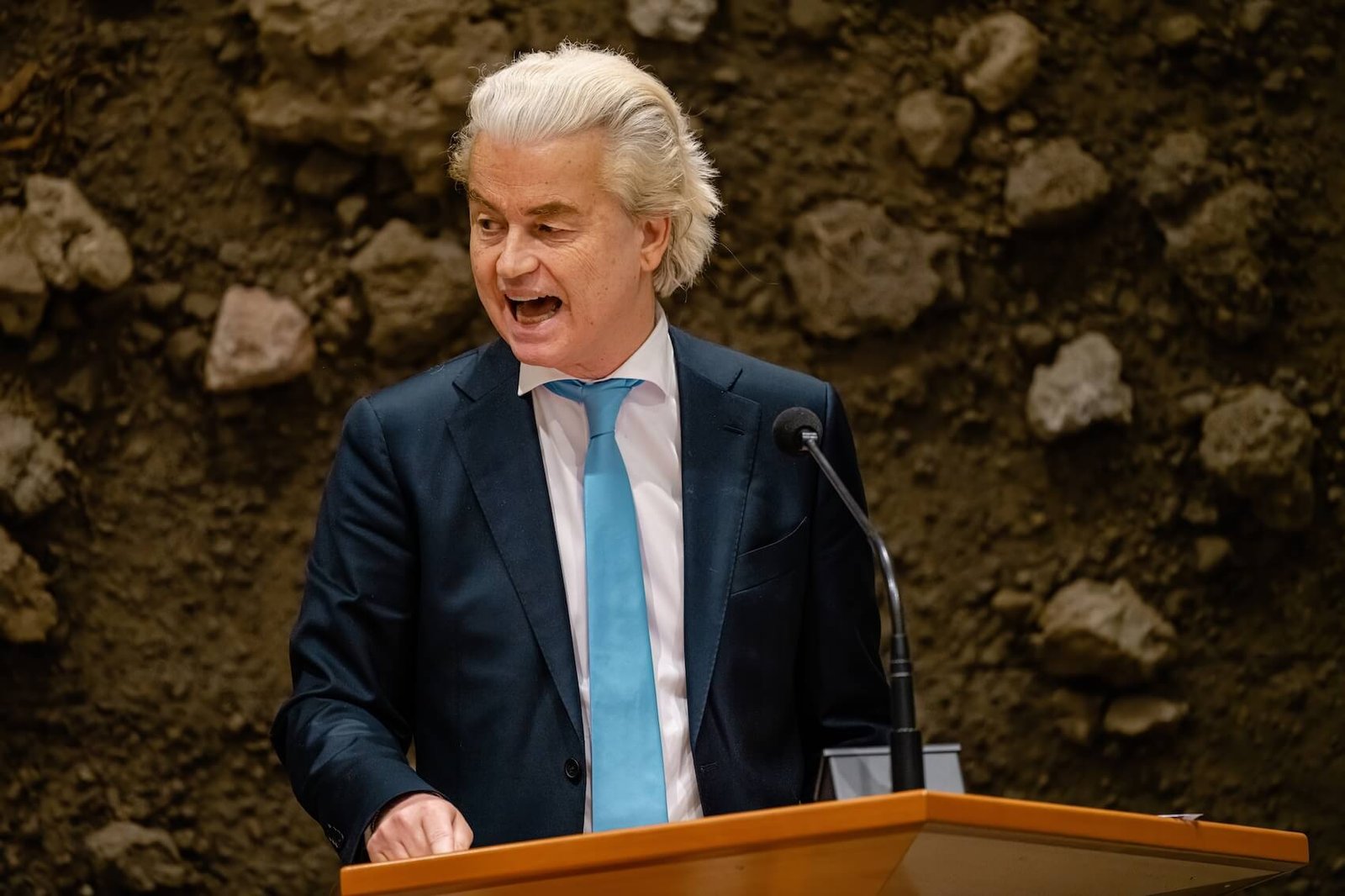
ECFR’s research back in March argued that the agenda of European Union will not be defined by far-right parties as they are divided on their aims and ambitions. Do you still have the same diagnosis?
Pawel Zerka: These are my colleagues who authored the paper, and I will serve as an imperfect spokesperson to explain in what sense I believe they are correct, and in what sense they are not. Currently, the public debate ahead of the European elections is largely dictated by the far-right parties indirectly. Every day, my colleagues and I receive numerous calls and questions from journalists, and 95% of those questions are about the threat of the far-right. It feels like this is the only topic ahead of the European elections, as if there is no positive story or agenda that the pro-European parties could promote. The main focus seems to be the danger of the far-right, which in itself shows that the far-right is having an impact on the debate.
They have also had a key impact on why and how migration was debated, prompting many centrist leaders like Emmanuel Macron in France to adopt a harsher stance on migration because he knew he could not afford to be seen as too liberal on that point. Even in Poland, where there is a new pro-European government led by Donald Tusk with strong European credentials, there is a conservative approach to migration. Tusk is self-censoring to avoid easy criticism from the Law and Justice (PiS) party, a more anti-European alternative in the country.
I feel that, yes, the radical right or far-right parties have already had an impact on how topics are discussed in Europe. Climate has also become a topic where they benefit from people’s disappointment or dissatisfaction with how that policy has been handled at the European level. This makes it more difficult for otherwise pro-European centrist forces to stand up and defend Europe’s climate policies. So, I agree, they have an impact on the debate.
I believe my colleagues were suggesting that their impact will be limited on these concerned policies. To change or implement new policies, you need stable cooperation and a majority. The ECR and I&D parties in the European Parliament, despite being grouped together, have often disagreed on various occasions. These groups are much less coherent and consistent than those in the center of the political spectrum. Still, I don’t exclude the possibility that if they increase their number of seats and their position in the Parliament—each of these two groups could hope to become the third largest political group, ahead of the Liberals and the Greens. If they somehow managed to merge, they could even become the second largest group in the European Parliament.
Once they are stronger, they could also become more united for pragmatic reasons. Looking at how Meloni and Geert Wilders behave domestically, the leaders of Europe’s far-right have started acting very pragmatically. They are ready to give up some elements of their political platform to preserve the parts that are really important to them and to remain in government. One conclusion from observing the Dutch coalition negotiations is that Geert Wilders agreed not to become Prime Minister and not to question the Netherlands’ general support for Ukraine. In return, he secured a strong position on migration policy and some flexibility in climate policy. Migration and climate issues were critical for him, but he was ready to compromise on foreign policy.
We see similar behavior from Georgia Meloni. While many people initially feared her, she has shown to be quite constructive on several points, ensuring that the rest of Europe is content. This leaves her room to pursue domestic policies that may be less visible to most Europeans but still worrisome.
So, I was saying that those forces can still have an impact, but they are divided. What I should add is that the result of the European elections in terms of seat distribution can still significantly impact European policies. This impact arises not just because the far-right or anti-Europeans are gaining seats, but mostly because we cannot fully trust the EPP, the center-right, on what they will choose. They seem to be quite divided and at a crossroads.
For example, climate policy could be revised negatively, or we could see a harsher approach to migration or enlargement, because EPP parliamentarians might choose to vote with the far-right rather than with the Liberals and Social Democrats. If your question is whether there is a danger for liberal democracy, maybe that would be an exaggeration for me. But there is surely a danger for what the EU will stand for in the coming years. The responsibility for that danger lies not just with the far-right, but even more so with the center-right.
Example of Meloni Could Normalize the Far-right Threat
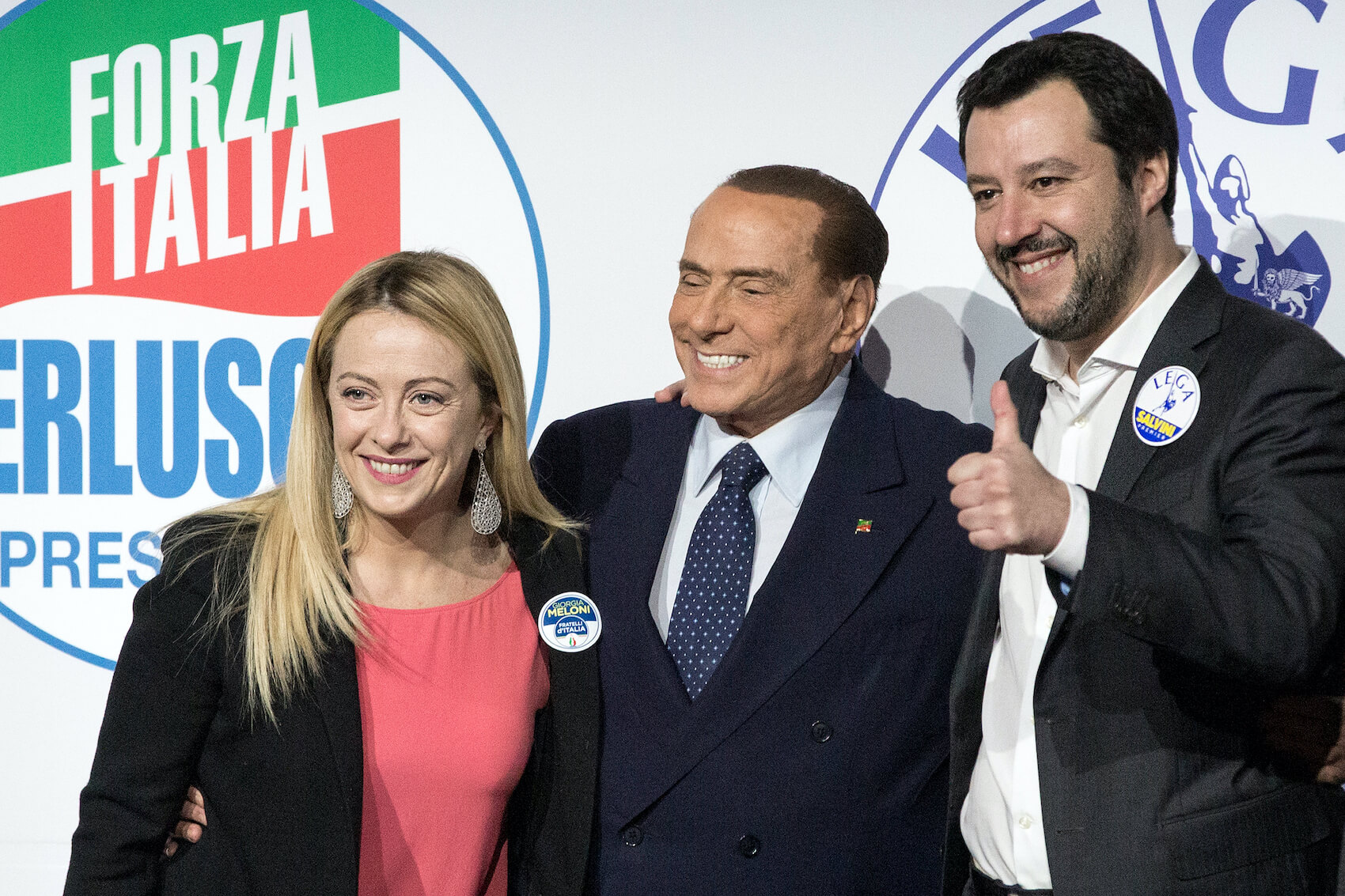
In your article published at Euronews back in March, you argue that far-right parties have been successful in ‘detoxifying’ themselves and consequently it has been more difficult for mainstream parties to make a convincing case to save Europe from far-right parties. Can you please elaborate on how successful ‘detoxifying’ has been?
Pawel Zerka: I am responsible for conducting daily public opinion polls on foreign affairs. In our latest poll, we aimed to gauge perceptions of different far-right or anti-European party leaders in various countries, tailored to each specific context. For example, in Italy, we asked about Georgia Meloni; in Poland, about Jaroslav Kaczynski; in Germany, about the leaders of AfD; and in Austria, about the leader of FPÖ. We asked people, “Do you believe that this person—Kaczynski, Marine Le Pen, etc.—wants to: first, get your country out of the EU; secondly, get your country out of the Eurozone; and thirdly, obstruct the work of the European Union?”
Then we analyzed the results by dividing voters into supporters of the given leader (like Meloni, Kaczynski, or Le Pen) and everyone else. In some cases, like Poland, very few of Kaczynski’s supporters believed he had anti-European intentions, while two-thirds of the rest believed he posed a threat to Poland’s EU membership and sought to obstruct the EU’s work. Conversely, in Italy, Georgia Meloni has managed to detoxify her image remarkably well. Not only do her voters not believe she has dangerous intentions towards Europe, but neither do most other voters. They don’t think she seeks to pull Italy out of the Eurozone or the EU or to obstruct the EU’s work. This indicates that she has successfully created an image of a constructive and reliable leader despite initial fears.
I believe Geert Wilders is learning from Meloni’s approach, which is why he was not so radical during the negotiations for the new government in the Netherlands. He adopted a conciliatory stance to be in the government and preserve the core elements of his platform. Similarly, while Meloni might have once learned from Marine Le Pen, it now appears that Le Pen is learning from Meloni ahead of the 2027 elections in France.
In a way, looking at this phenomenon from a distance, there are reasons to be somewhat optimistic. It shows that anti-European or Eurosceptic forces behave differently depending on whether they are in opposition or in government. It’s promising that once they assume government roles, they start behaving more responsibly. However, this is not always the case. Poland, Hungary, and the US under Donald Trump are clear demonstrations that leaders can remain alarming and continue having negative impacts on national politics and democracy even after taking power.
Therefore, I think it’s dangerous that the example of Giorgia Meloni could normalize the far-right threat, making many in France say, “Look, in Italy, they feared Giorgia Meloni, and nothing happened. So perhaps in France, we shouldn’t be that worried about Marine Le Pen, and we shouldn’t listen to all of those pro-European radicals who are so afraid of the far-right threat.”
However, in France, it could be a completely different story. Not only is France a different country, but it is also a member of the UN Security Council, holds nuclear power, and has a much bigger economy. Therefore, a far-right leadership in France would have a more systemic impact on the European economy. Moreover, Marine Le Pen might choose to behave differently than Giorgia Meloni and could be more radical, especially considering the French presidential system, which grants her much more power. She would be less constrained by the democratic system and economic factors.
Perhaps Giorgia Meloni’s constructive behavior can be partly attributed to the fact that the Italian economy needed stability. Meloni understood that her survival as Prime Minister depended on gaining the trust of the markets and other leaders, not just her supporters. In contrast, Marine Le Pen might be less concerned about these issues.
Low Participation Rate Could Undermine Legitimacy of European Leaders

Your article mentions the potential for a “bitter-sweet victory” for progressives. Could you elaborate on what this might look like in practice, and what it would mean for the EU’s internal dynamics and policies? How concerned are you about the mainstream parties to ape far-right to garner more votes? In other words, are you concerned that the values of far-right parties will be mainstreamed by the center-right parties?
Pawel Zerka: Exactly. We’ve already mentioned that the danger lies not only in the far-right but also in the center-right adopting far-right positions. This has already happened to a large extent with migration policies and is increasingly occurring with climate policies. The center-right seems to hope that by moving further right, they can prevent their voters from defecting to the far-right. This strategy might result in a “bitter-sweet victory.”
Actually, thinking about the European elections, with three weeks to go, I am more concerned about low turnout than the results. As I said earlier, I don’t expect, nor should we expect, a complete catastrophe. Even if the far-right increases its number of seats, it will still be a clear minority. What is much more concerning is the lack of reasons for a high turnout.
I am currently visiting several EU Member States and following the discussions in those I know better, such as Poland and France. Recently, I’ve been to Italy and just returned from Greece. Despite the differences among these countries, there is a common trend: no debate, no campaign, and no clear stakes for voters. Even as an expert, I find it challenging to argue convincingly why people should vote in a country like Greece, which sends only 21 members to the European Parliament out of 720. It wouldn’t significantly impact Europe whether New Democracy gets 9 rather than 7 MEPs. It’s hard to motivate people to spend part of a sunny weekend voting.
In Poland, even the ruling pro-European coalition isn’t investing much in the campaign. Perhaps they realize that mobilizing their voters might also mobilize PiS voters. After several recent elections, including parliamentary elections in the autumn and local elections a month ago, people are election-weary. They may feel they’ve done their part by helping pro-European forces regain power in the autumn, so why vote again in European elections? When I hear Donald Tusk, Poland’s Prime Minister, say these are critical elections for the country, even I find it hard to believe.
Five years ago, there were reasons to mobilize voters, such as the “Fridays for Future” movement and the climate urgency. The fresh argument about the far-right threat also helped. But you can’t repeat the same argument indefinitely, and climate change is no longer a strong motivator because the European Union has introduced a lot of progressive climate legislation in the past five years.
While I personally see it as a positive development, I understand that European society is divided and largely critical. This criticism extends to the EU’s handling of the Covid pandemic and the war in Ukraine. Some people believe the EU should be more supportive of Ukraine, while others feel the EU is pushing Ukraine towards conflict rather than investing in peace solutions. As a result, there is significant dissatisfaction with the EU.
The challenge lies in accepting this dissatisfaction and acknowledging that being critical of the EU does not equate to being anti-European. Pro-European forces need to create space for citizens to express their dissatisfaction and work together to find solutions to improve the EU. Many people are pro-European but critical of various EU actions. The task for the next five years is to address this criticism constructively.
In the short term, however, this dissatisfaction, coupled with unclear stakes in the upcoming elections, may lead to low voter turnout. This low participation rate could undermine the legitimacy of the next European leaders compared to those elected five years ago.

